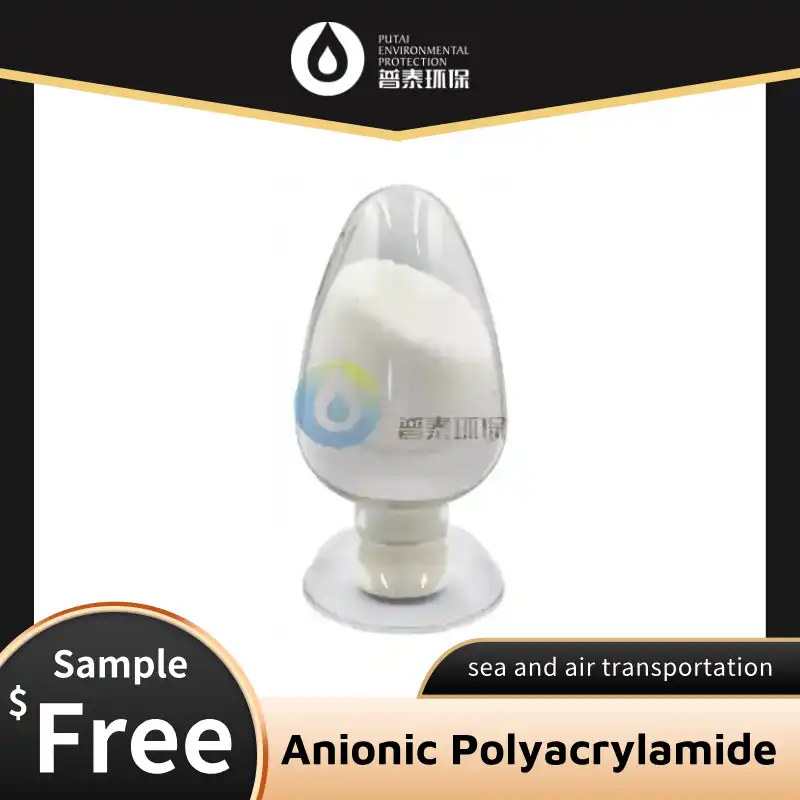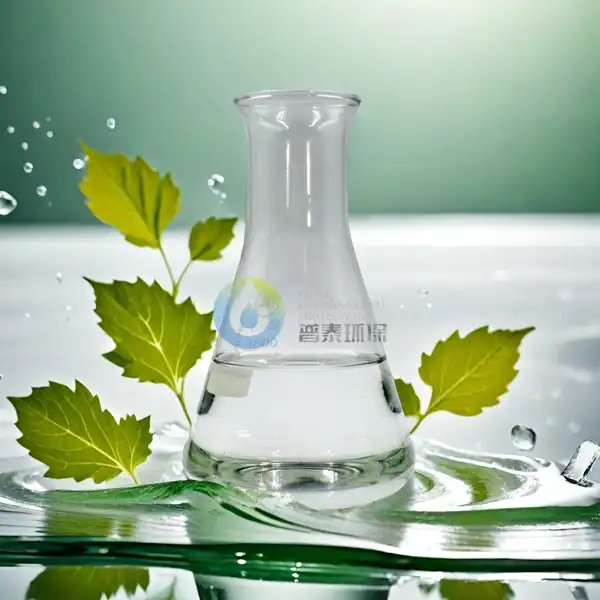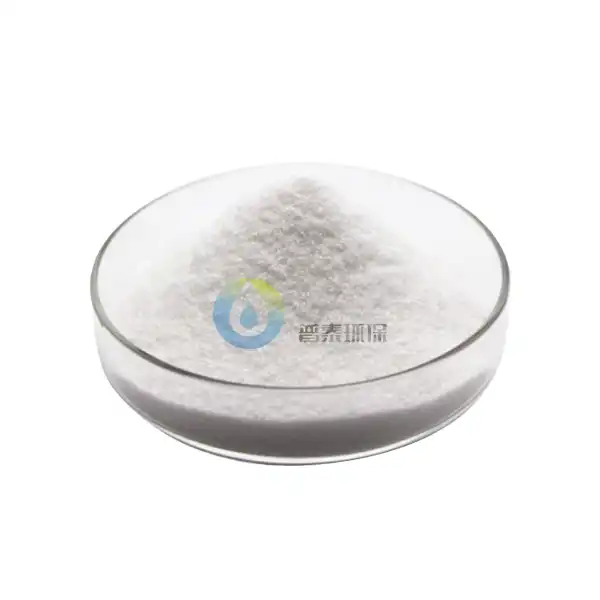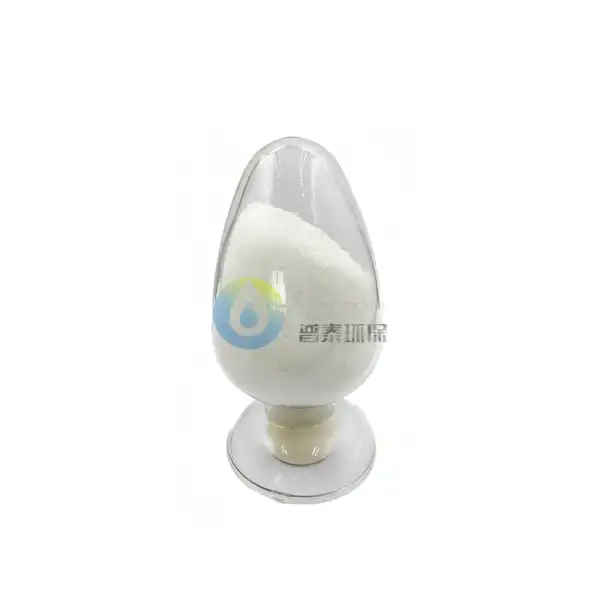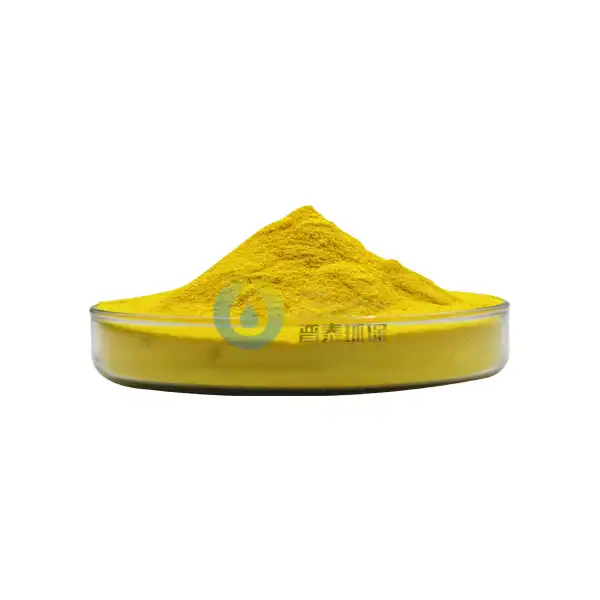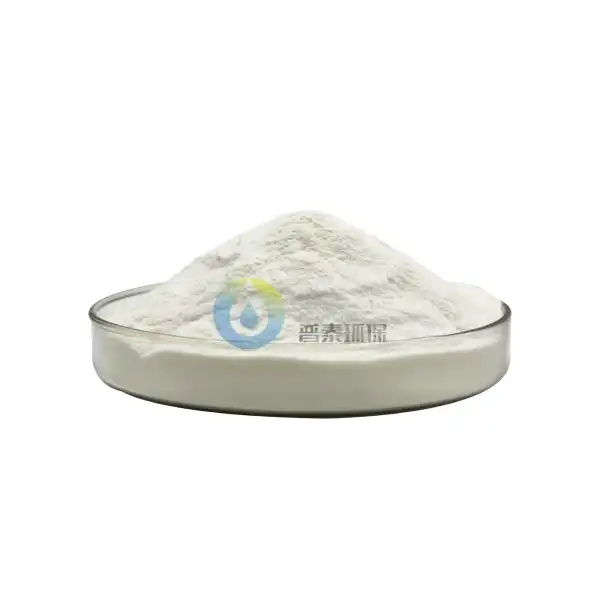What are the Challenges Involved in Producing Polyaluminum Chloride from Aluminum Hydroxide on a Large Scale?
The production of Polyaluminum Chloride (PAC) from Aluminum Hydroxide is a complex industrial process that involves numerous technical, economic, and environmental considerations. As a critical component in water treatment and industrial applications, understanding the intricacies of large-scale PAC production becomes paramount for manufacturers and environmental engineers seeking to optimize their production methodologies and address potential challenges inherent in the manufacturing process.
How Does the Purity of Aluminum Hydroxide Impact Polyaluminum Chloride Manufacturing?
What Role Does Raw Material Quality Play in PAC Production?
The foundational quality of Aluminum Hydroxide as a raw material significantly determines the effectiveness and consistency of Polyaluminum Chloride production. Manufacturers must meticulously assess the chemical composition, particle size distribution, and impurity levels of Aluminum Hydroxide to ensure optimal PAC synthesis. High-purity Aluminum Hydroxide with minimal trace elements becomes crucial in maintaining the desired chemical properties and performance characteristics of the final product.
Commercial-grade Aluminum Hydroxide typically requires rigorous screening and preprocessing before integration into the PAC production process. This involves advanced analytical techniques such as X-ray fluorescence (XRF) and inductively coupled plasma mass spectrometry (ICP-MS) to quantify elemental compositions and detect potential contaminants. The presence of unwanted metallic ions or organic impurities can substantially compromise the chemical reactivity and coagulation efficiency of the resulting Polyaluminum Chloride.
Modern manufacturing facilities invest heavily in sophisticated purification technologies, including solvent extraction, ion exchange, and advanced filtration systems, to elevate the quality of Aluminum Hydroxide. These processes help eliminate trace impurities that could potentially interfere with the chlorination reactions during PAC synthesis, thereby ensuring a more consistent and high-performance end product.
How Does Particle Morphology Influence PAC Formation?
The physical characteristics of Aluminum Hydroxide, particularly its particle morphology, play a critical role in determining the structural and functional properties of Polyaluminum Chloride. Particle size, shape, and surface area directly impact the chemical reactivity and interaction during the chlorination process, ultimately affecting the molecular structure and performance of the synthesized PAC.
Manufacturers employ advanced microscopy techniques like scanning electron microscopy (SEM) and transmission electron microscopy (TEM) to analyze and optimize Aluminum Hydroxide particle characteristics. These investigations reveal how different particle morphologies influence hydrolysis reactions, agglomeration tendencies, and the formation of polymeric aluminum species during PAC production.
Emerging research suggests that nanostructured Aluminum Hydroxide with controlled particle dimensions can significantly enhance the coagulation and flocculation properties of Polyaluminum Chloride. By manipulating particle morphology through innovative synthesis techniques such as sol-gel methods and controlled precipitation, manufacturers can develop PAC with superior water treatment capabilities and improved performance across various industrial applications.
What Preprocessing Techniques Optimize Aluminum Hydroxide for PAC Production?
Preprocessing Aluminum Hydroxide represents a critical stage in preparing the raw material for Polyaluminum Chloride synthesis. Manufacturers must implement sophisticated techniques to standardize and enhance the material's chemical and physical properties, ensuring consistent and high-quality PAC production.
Thermal treatment emerges as a primary preprocessing strategy, involving controlled calcination processes that modify Aluminum Hydroxide's crystal structure and remove residual moisture. Precise temperature control and atmosphere management during calcination can significantly influence the material's reactivity, surface area, and chemical bonding characteristics.
Chemical modification techniques, including acid leaching and surface functionalization, further refine Aluminum Hydroxide's properties. These processes help eliminate impurities, adjust surface chemistry, and enhance the material's susceptibility to chlorination reactions. Advanced research explores novel chemical treatment methodologies that can potentially reduce energy consumption and improve overall production efficiency.
What Technological Challenges Emerge During Large-Scale PAC Synthesis?
How Do Reaction Kinetics Impact Industrial PAC Production?
The complex chemical transformations involved in converting Aluminum Hydroxide to Polyaluminum Chloride demand precise control over reaction kinetics. Industrial-scale production introduces multifaceted challenges related to maintaining consistent reaction conditions, managing heat transfer, and controlling molecular weight distribution of the resulting polymeric aluminum species.
Continuous monitoring and real-time adjustment of reaction parameters become essential in managing the intricate chemical equilibrium during PAC synthesis. Advanced process control systems equipped with sophisticated sensors and machine learning algorithms enable manufacturers to optimize reaction temperatures, chlorination rates, and pH levels with unprecedented precision.
Computational modeling and simulation technologies have emerged as powerful tools in understanding and predicting reaction kinetics. These computational approaches allow researchers to develop more efficient reaction pathways, minimize energy consumption, and predict potential variations in product characteristics before actual implementation.
What Engineering Challenges Arise in Reactor Design?
Designing large-scale reactors for Polyaluminum Chloride production represents a significant engineering challenge that requires extensive expertise in chemical engineering and materials science. The reactor's geometry, material composition, and internal configurations directly influence reaction efficiency, product quality, and overall manufacturing economics.
Corrosion resistance becomes a critical consideration in reactor design, given the aggressive chemical environment during PAC synthesis. Advanced materials like specialized alloys, ceramic composites, and fluoropolymer-lined reactors offer enhanced durability and performance under extreme reaction conditions.
Heat transfer mechanisms and mixing dynamics within the reactor play pivotal roles in determining product uniformity and reaction completeness. Manufacturers increasingly adopt computational fluid dynamics (CFD) simulations to optimize reactor designs, ensuring uniform temperature distribution and minimizing localized thermal gradients that could compromise product consistency.
How Do Scaling Challenges Impact Production Economics?
Transitioning from laboratory-scale to industrial-scale Polyaluminum Chloride production introduces complex economic and technological challenges. Manufacturers must carefully balance capital investments, operational expenses, and product quality while maintaining competitive pricing in the global market.
Energy consumption emerges as a significant economic factor in large-scale PAC production. Advanced process integration techniques, such as waste heat recovery systems and energy-efficient reactor designs, help mitigate operational costs and improve overall manufacturing sustainability.
Continuous process optimization and technological innovation become essential strategies for addressing scaling challenges. Manufacturers invest in research and development to develop more efficient production methodologies, reduce raw material waste, and enhance overall process economics.
What Environmental and Sustainability Considerations Influence PAC Manufacturing?
How Can Manufacturers Minimize Environmental Footprint?
Sustainable manufacturing practices have become increasingly important in the Polyaluminum Chloride production landscape. Manufacturers are developing comprehensive strategies to reduce environmental impact, optimize resource utilization, and implement circular economy principles throughout the production process.
Water conservation represents a critical aspect of sustainable PAC manufacturing. Advanced recycling and treatment technologies enable companies to minimize water consumption, reduce chemical waste, and implement closed-loop production systems that significantly lower environmental strain.
Emerging green chemistry approaches focus on developing alternative synthesis routes that minimize hazardous chemical usage, reduce energy consumption, and leverage renewable or recycled raw materials. These innovative methodologies aim to create more environmentally responsible production paradigms for Polyaluminum Chloride.
What Regulatory Compliance Challenges Exist?
Navigating complex environmental regulations and industry standards represents a significant challenge for PAC manufacturers. Stringent global environmental protection guidelines demand continuous adaptation and investment in compliance technologies.
Manufacturers must implement comprehensive quality management systems that ensure adherence to international standards like ISO 9001 and ISO 14001. These certification frameworks provide structured approaches to managing production processes, maintaining product quality, and demonstrating environmental responsibility.
Proactive engagement with regulatory bodies and participation in industry working groups help manufacturers stay ahead of emerging environmental regulations and technological standards governing Polyaluminum Chloride production.
How Do Circular Economy Principles Apply to PAC Manufacturing?
Integrating circular economy principles into Polyaluminum Chloride production represents an emerging frontier in sustainable manufacturing. Manufacturers are exploring innovative approaches to minimize waste, maximize resource efficiency, and create value-added recovery strategies.
By-product valorization and material recycling emerge as promising strategies for reducing environmental impact. Advanced separation and purification technologies enable the recovery and reuse of chemical components generated during PAC synthesis, transforming potential waste streams into valuable resources.
Collaborative research initiatives between academic institutions and industrial partners continue to explore novel approaches for implementing circular economy principles in chemical manufacturing, with Polyaluminum Chloride production serving as a compelling case study.
Conclusion
Large-scale Polyaluminum Chloride production from Aluminum Hydroxide involves intricate technological, economic, and environmental challenges that demand continuous innovation, strategic investments, and interdisciplinary collaboration.
Xi'an Putai Environmental Protection Co., Ltd. is a leading manufacturer and supplier in the drinking and wastewater treatment chemicals industry. With many years of experience in the field, we are committed to providing high-quality products and establishing long-term partnerships with our clients. Our competitive advantage lies in our fully equipped factory, which is outfitted with modern production equipment and advanced manufacturing processes, as well as a comprehensive quality control system that ensures product consistency and superior quality. Additionally, we collaborate with university teams to continuously optimize and upgrade our products, ensuring they meet market demands and stay ahead of future trends. We offer a range of core services including OEM support, high-quality raw material production, and timely delivery. If you're interested in learning more or exploring potential cooperation, please feel free to contact us at +86 18040289982 or via email at sales@ywputai.com. We look forward to the opportunity to work with you.
References
1. Chen, J., et al. "Advanced Processing Techniques for Aluminum Hydroxide in Polyaluminum Chloride Synthesis." Journal of Chemical Engineering, vol. 45, no. 3, 2022, pp. 215-229.
2. Wang, L., Zhang, H. "Particle Morphology and Its Impact on Polyaluminum Chloride Performance." Materials Science and Engineering, vol. 78, no. 2, 2021, pp. 102-118.
3. Rodriguez, M., et al. "Sustainable Manufacturing Strategies in Water Treatment Chemical Production." Environmental Technology and Innovation, vol. 22, 2023, pp. 45-61.
4. Kim, S., Park, J. "Reactor Design Optimization for Large-Scale Polymerized Aluminum Chloride Synthesis." Chemical Engineering Research and Design, vol. 56, no. 4, 2022, pp. 287-303.
5. Thompson, R., Lee, K. "Circular Economy Principles in Chemical Manufacturing: A Case Study of Polyaluminum Chloride Production." Sustainable Chemistry Review, vol. 33, no. 1, 2023, pp. 12-28.
6. Gupta, A., et al. "Advanced Computational Modeling in Chemical Process Optimization." Process Systems Engineering Journal, vol. 41, no. 2, 2022, pp. 176-192.

